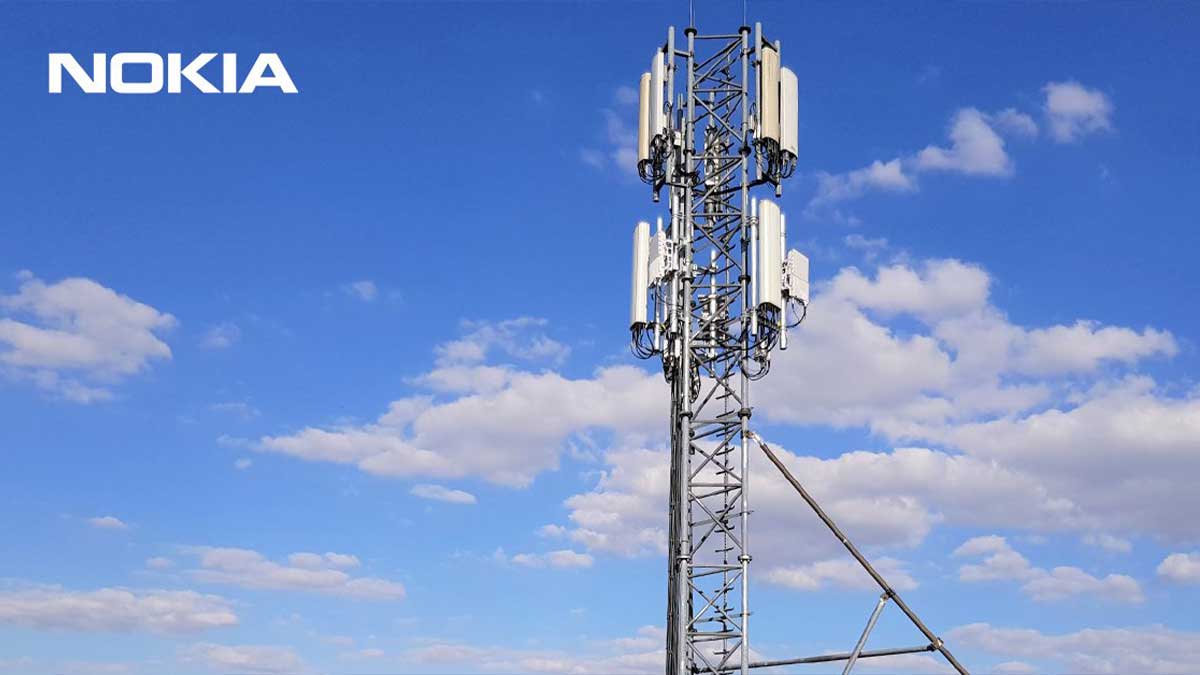Nokia, the Finnish telecom equipment maker, announced on Monday that A1 Telekom Austria Group has awarded it a 5G network order for operations in Bulgaria, Serbia, and Slovenia.
Nokia will supply 5G Radio Access Network (RAN) solutions from its comprehensive AirScale portfolio to all three markets, as well as a 5G Standalone core network to Serbia and Slovenia, according to the announcement.
What is 5G?
While previous cellular networks focused on mobile phones, proponents of 5G claim that its increased transmission speed and total bandwidth will allow an increasing number of objects to send and receive data, including traffic lights, agricultural equipment, refrigerators, and other household appliances.
Read more: PTCL deploys Nokia software products
Self-driving cars are likely to be one of the most significant advancements enabled by 5G because it can almost eliminate latency — the time it takes to receive a response to information supplied over the network.
However, self-driving cars will require 5G networks to cover broad areas, and the GSMA, which represents 800 operators around the world, expects that 5G will account for only 15% of total global mobile connections in 2025.
Lower latency might revolutionize multiplayer mobile gaming, factory robotics, telemedicine, and other applications that require quick responses – all of which are now hampered or failed by today’s 4G networks.
Industry Impatient
Industry, in particular, expects 5G to revolutionize manufacturing and enable it to monitor a wide range of activities.
In many industries, augmented reality and robotics are already commonplace, but 5G has the potential to enable fresh, faster production methods.
Workers on the assembly line, for example, will have more information at their fingertips if wearable technology such as augmented reality glasses is used, which might lead to increased efficiency.
Experts refer to “Industry X.0,” a continuous industrial revolution in which companies embrace and profit from perpetual technological progress.
However, governments must first establish norms for the award of so-called 5G millimetre-wave spectrum, which will transmit the massive data volumes required to power linked robots and other industrial applications.





















